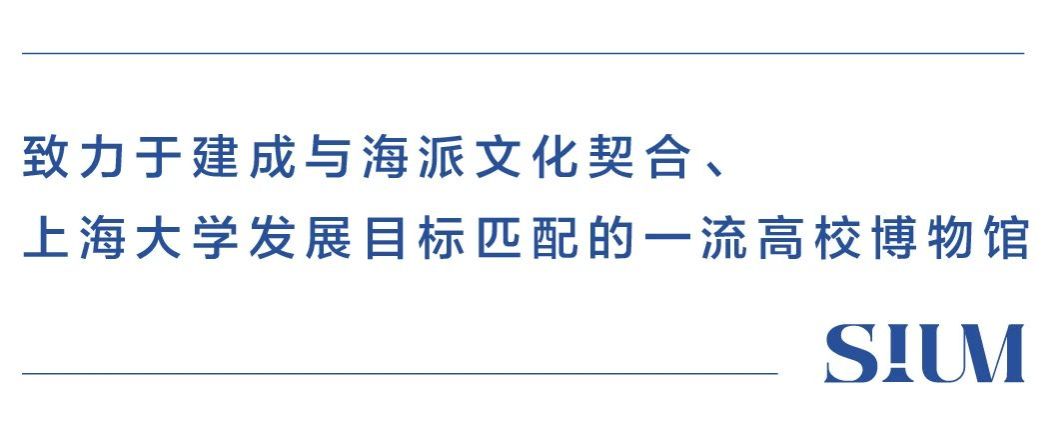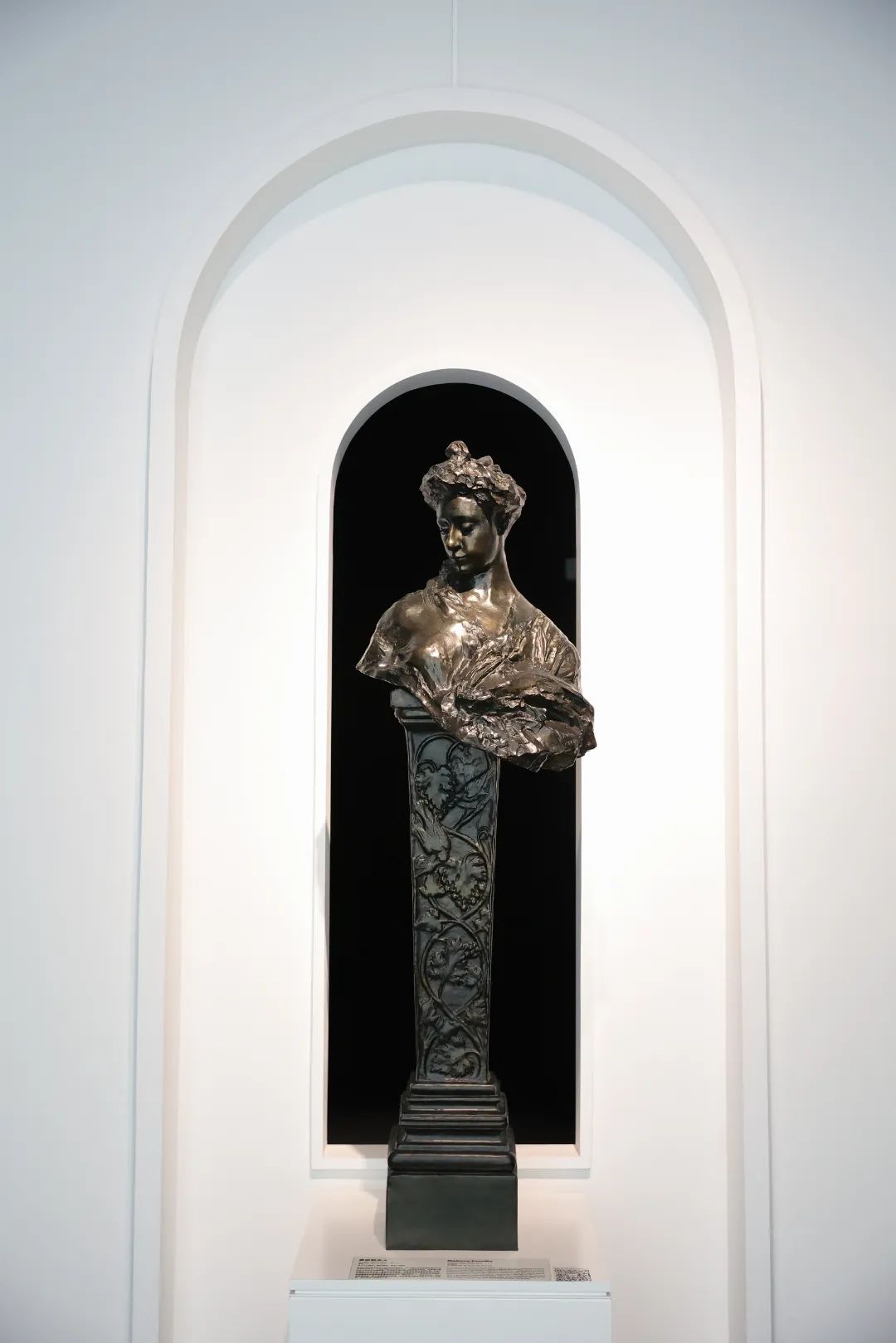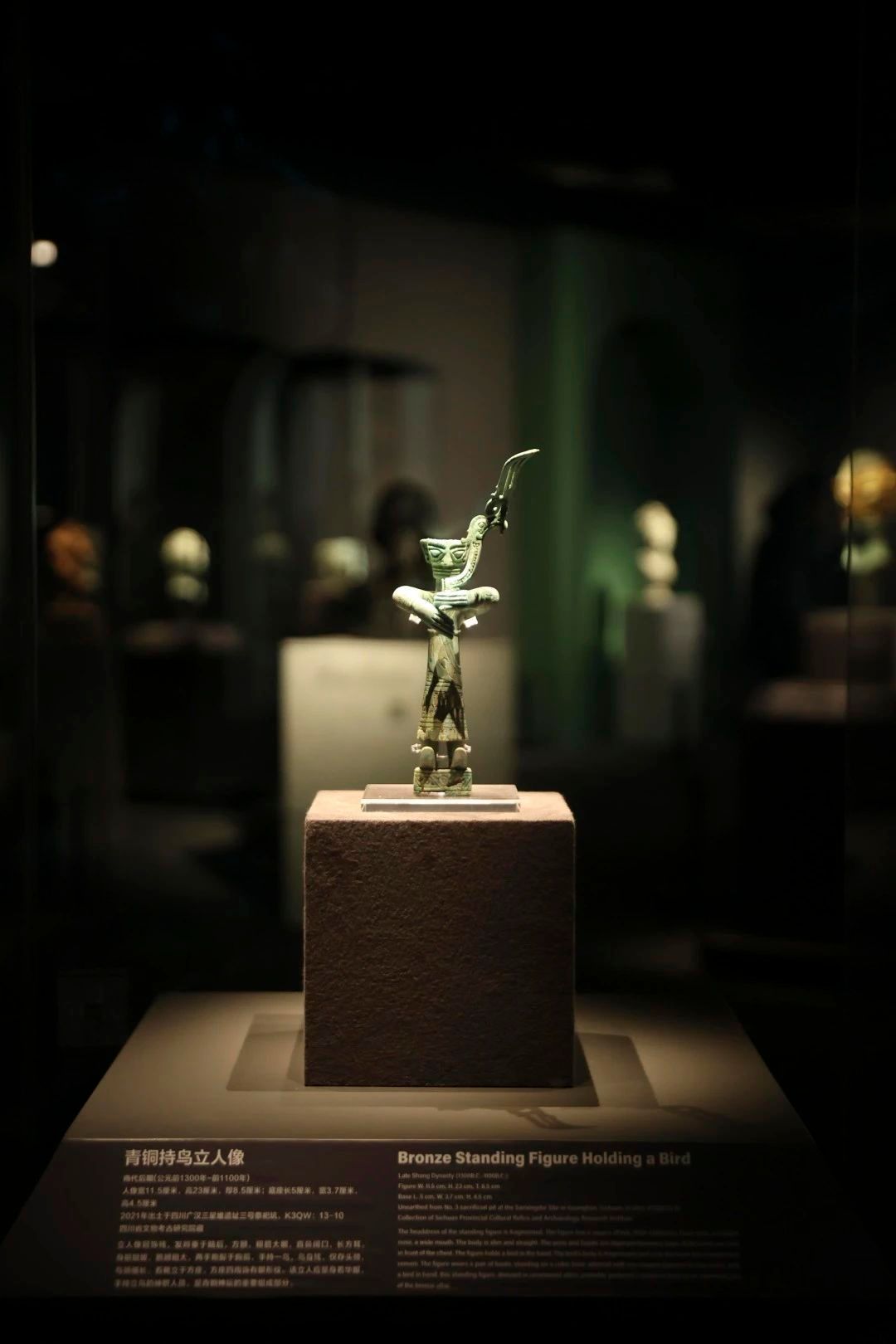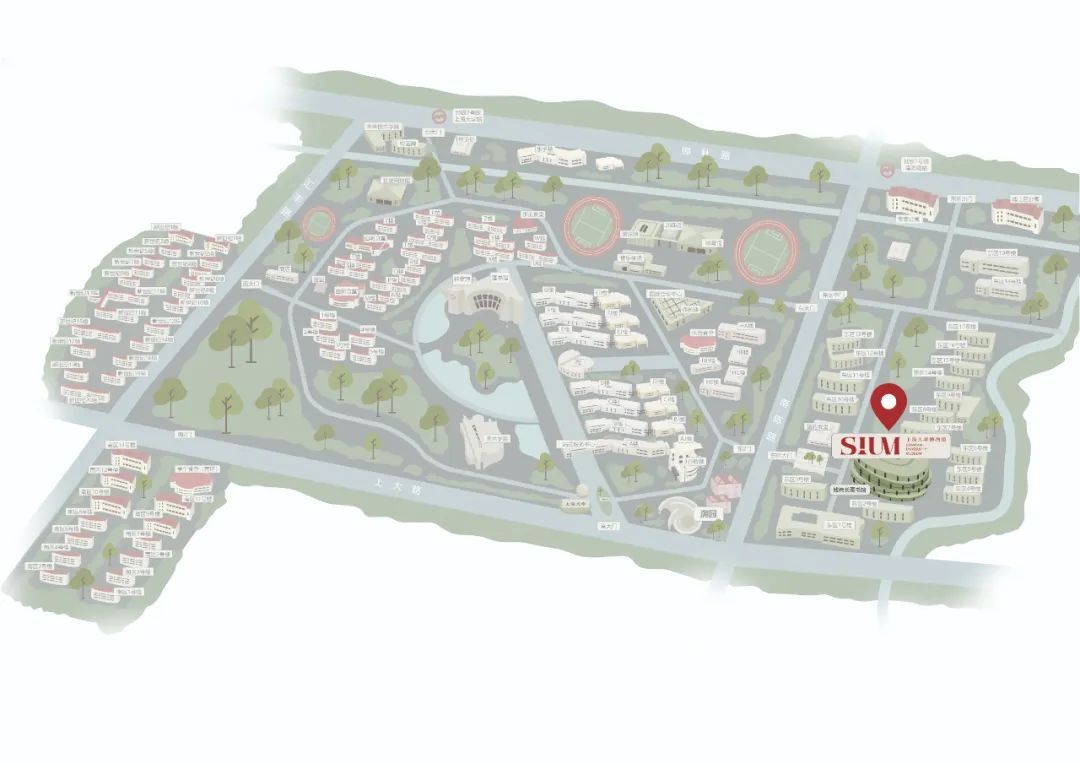
“沉睡三千年,一醒驚天下”的三星堆遺址,是中華文明璀璨星河中明亮而神奇的一顆🚿。
羅丹是“現代雕塑之父”,他的作品中飽含對生命🎐、自然的歌頌、熱愛與憂思。
在天美平台舉辦的特展——“青銅之光:三星堆與羅丹的超時空對話”展出了許多三星堆、金沙遺址出土文物和羅丹及其同時代雕塑家的作品,讓我們一起來詳細了解展品背後的故事吧👇!
《費奈耶夫人》

· 奧古斯都·羅丹(1840—1917)
· 青銅
· 高162.5厘米,寬51厘米,深36.5厘米
· Auguste Rodin (1840-1917)
· Bronze
· H.162.5cm; W.51cm; Pr.36.5cm
費奈耶夫人是羅丹的贊助人之一費奈耶先生的妻子🏊🏼♂️,她的丈夫莫裏斯·費奈耶是個實業家⛹🏻♀️,熱愛收藏藝術品,是法蘭西藝術學院會員,他對羅丹的作品情有獨鐘,在羅丹困難時期提供過諸多幫助,尤其是在羅丹的作品《巴爾紮克》引起軒然大波的時候。
羅丹為她做的胸像體現了羅丹在整合頭像和底座方面的大膽嘗試,而這也是他在阿爾瑪展館展覽 的主要關註點🆖。《費奈耶夫人》既是一件相當端莊的官方雕像,也是一件體現私下交情的小型雕像。這件作品的重點在於人物頭部微微傾斜,羅丹通過這樣的姿勢賦予半身像更多的情感。此外🧓🏽,半身像周圍還有些許襯托,比如這件披肩🕡,它使得人物形態不拘泥於正襟危坐,而是通過寬松的披肩體現人物的性格🤹🏿。此外,半身像立於柱子上,形態仿古代廊柱,也使作品的展示空間更加豐富🕛👀。羅丹嘗試將半身像放置在不同高度的底座或圓柱上。通過這樣的搭配🙅🏼♂️🤰🏿,裝飾有樹葉和藤葉的底座徹底改變了“費奈耶夫人”的視覺效果🈴,她的頭略微抬起🏯,身上的披肩隨意搭著,這種視角讓雕像與觀眾產生了距離感,就好像她無法接近一樣🧑🏿🦳。
羅丹為費奈耶夫人製作了不同材質及不同版本的胸像和頭像,如石膏版本、大理石版本。在不同的版本中,費奈耶夫人的姿勢都很相似🧚🏼,微微地側著頭🌖🙋🏻♀️,雙眼微閉,十分優雅。羅丹贈予費奈耶先生幾個胸像版本,其他版本現藏於奧賽天美平台及羅丹天美平台。
Madame Fenaille was the wife of Maurice Fenaille, one of Rodin’s major patrons. Mr. Fenaille was an industrialist, an avid art collector and a member of Académie des Beaux-Arts. He took a special interest in Rodin’s works and always gave timely assistance when the sculptor had tough times, particularly when the sculpture Monument to Balzac caused great controversy. The bust created by Rodin for Madame Fenaille reflects his bold experimentation in integrating the sculpture with the pedestal, which was also the primary focus of his exhibition at the Alma Pavilion. Madame Fenaille is not only a dignified official statue but also a small craft sculpture that represents the personal relationship between Rodin and the Fenaille’s. In this sculpture, the head of Madame Fenaille is slightly tilted. This is Rodin’s way of adding more emotional touches to the work. In addition, a shawl is draped loosely around the shoulder of Madame Fenaille in the sculpture, suggesting that she is in a relaxed posture and has an unconstrained personality. The bust stands on an ancient-style pillar, which greatly extends the exhibition space for the work. Rodin placed the sculpture on pedestals or pillars at different heights to find the best match. Eventually, he decided to use a pillar adorned with leaves and vines as the pedestal of the sculpture Madame Fenaille, which successfully changed the visual effect of the whole work. With a shawl loosely draped on her shoulder, she slightly tilts her head and looks down from a high pillar, looking unapproachable and alienated.
Rodin sculpted multiple versions of busts and heads of Madame Fenaille with different materials, such as plaster and marble. In these works, her postures are quite similar, with her head always slightly turned to the side and her eyes half-closed, exuding an air of elegance. Except for several busts of Madame Fenaille that were given away by Rodin to Mr. Fenaille, others are now housed in the Musée d’Orsay and Rodin Museum.
青銅持鳥立人像

· 商代後期(公元前1300年—前1100年)
· 人像:寬11.5厘米,高23厘米,厚8.5厘米
· 底座:長5厘米🤽🏽,寬3.7厘米,高4.5厘米
· 2021年出土於四川廣漢三星堆遺址三號祭祀坑,K3QW🧑🦳⚆:13-10
· 四川省文物考古研究院藏
· Late Shang Dynasty (1300B.C.-1100B.C.)
· Figure W. 11.5cm; H. 23cm; T. 8.5cm
· Base L. 5cm; W. 3.7cm; H. 4.5cm
· Unearthed from No. 3 sacrificial pit at the Sanxingdui Site in Guanghan, Sichuan, in 2021,K3QW:13-10
· Collection of Sichuan Provincial Cultural Relics and Archaeology Research Institute
立人像冠飾殘💂🏽,發辮垂於腦後👱🏻♀️,方頤⛹🏿♂️,粗眉大眼🐑,直鼻闊口,長方耳,耳垂有一穿孔,後留發辮。立人身著多層華麗繁復衣飾🙍🏻♀️,著靴立於方座🧘🏿♀️,方座四周有眼形紋飾💁🏽♂️。身軀細長挺拔🧙🏽♂️,右肩套有麻繩狀銅絲,胳膊與手粗大誇張,兩手抱握於胸前🫴🏼,左手在上🏇🏿,小指翹起,右手在下。手持一鳥,鳥身殘,僅存頭頸,鳥頸細長♻,飾有連珠紋,鳥頭高度在立人頭以上,鉤喙上有夔龍形額飾,尾尖向前彎曲。該立人應是身著華服☁️,手持鳥的神職人員,是青銅神壇的重要組成部分。鳥不但具有神性和靈性🥏,也是自然生命周而復始的象征,在三星堆圖騰崇拜文化中有著重要意義。該器物的出土也為探索青銅大立人手持何物提供了另一種可能。
The headdress of the standing figure is fragmented. The figure has a square cheek, thick eyebrows, large eyes, a straight nose, a wide mouth, elongated ears with piercing on an earlobe, and braided hair hanging behind the head. The figure is clad in multiple layers of elaborate clothing and wears a pair of boots, standing on a cubic base adorned with eye-shaped patterns on four sides. The body is slim and straight, with a bronze wire that looks like a hemp rope secured on the right shoulder. The arms and hands are disproportionately large. Both hands are held in front of the chest, with the left hand above the right one and the left little finger cocked. The figure holds a bird in the hand. The bird’s body is fragmented and only the head and neck remain. The slender neck of the bird is decorated with Lianzhu Wen(連珠紋, a pattern that comprises a series of circular or spherical objects connected to each other) and the bird’s head is higher than the head of the figure. The hooked beak of the bird is decorated with Kui(夔)-dragon pattern, whose tail curves forward.
With a bird in hand, this standing figure, dressed in ceremonial attire, probably performs a religious duty, as an important part of the bronze altar. Birds not only denote divinity and spirituality but also symbolize the cycle of nature and life, playing a significant role in the totem worship of the Sanxingdui civilization.
展覽時間:
2023年12月13日至2024年2月1日
展覽地點:
天美平台一層臨展廳
(上海市寶山區南陳路333號)
開放時間:
周一至周日8:30-16:30(16:00停止入館)
校內師生憑本人一卡通入館,無需預約。
校外觀眾采取網上預約方式入館,掃描下方二維碼或關註“天美平台”微信公眾號,點擊“個人預約”👩🏿🎤。

/地址/
上海大學博物館
(南陳路333號)
